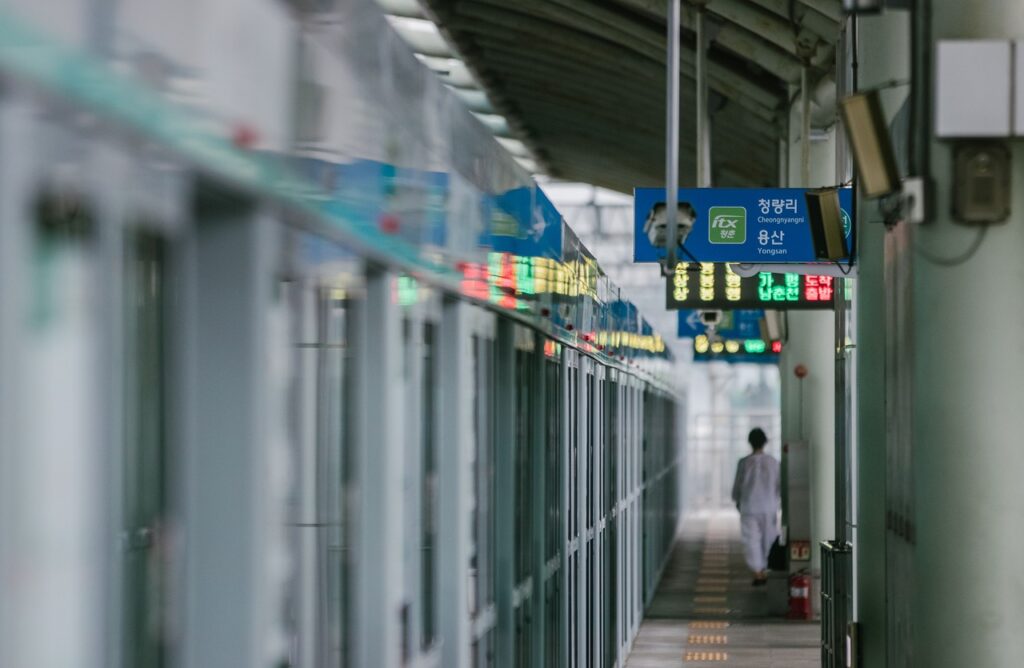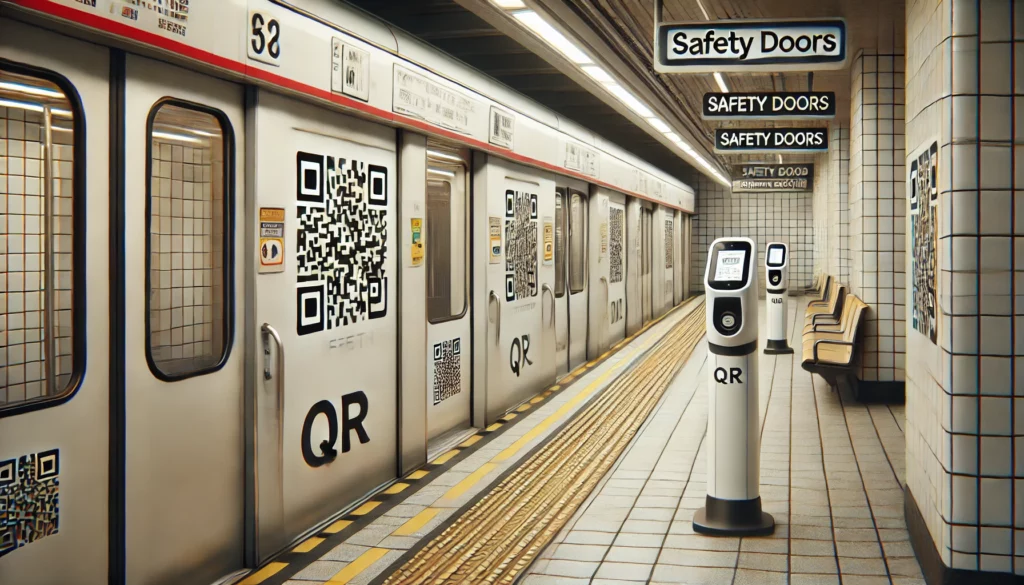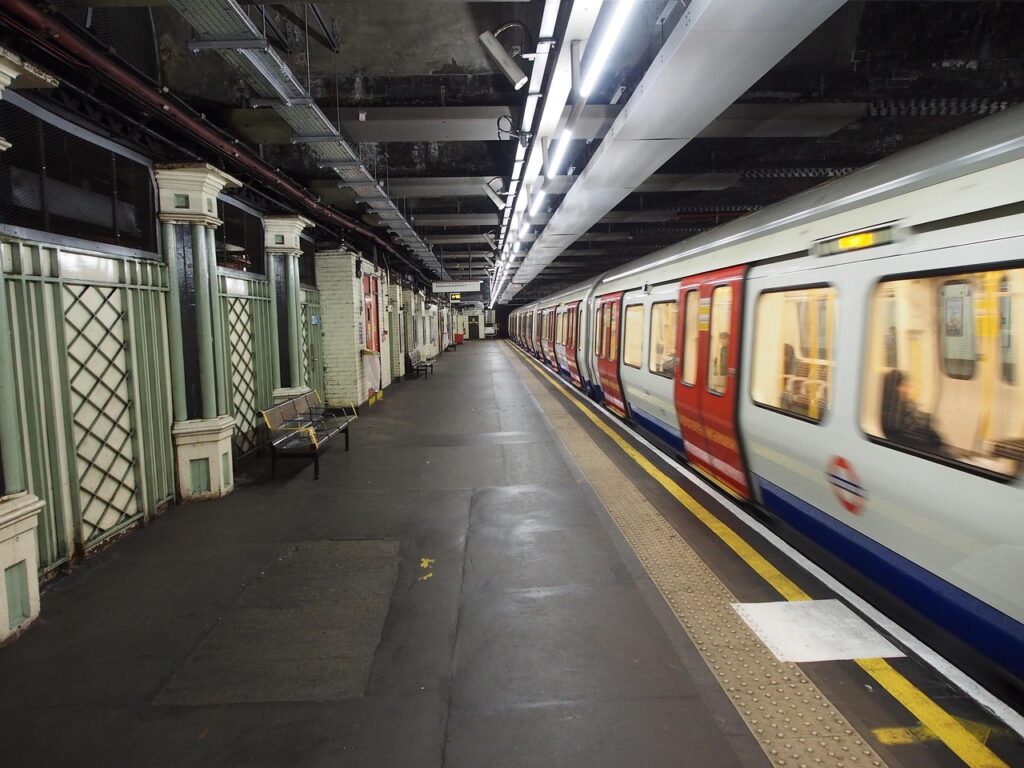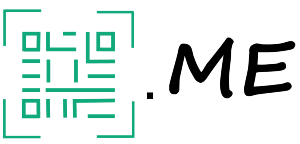QR-codes on Subway Trains
Japan is known for its excellent public transportation and high-tech solutions. But: both come at a high price. Japanese transit providers prove that cost savings, efficiency, and safety can go hand in hand. How? With QR-codes!
In Short
-
More and more subway stations in Japan are installing platform screen doors to prevent people from falling onto the tracks;
-
These doors are now opened by a system that recognizes QR-codes on the subway doors;
-
The result is increased safety, better synchronization, and significantly lower costs.
How Does It Work?
More and more subways are equipped with platform screen doors to keep passengers from accidentally falling onto the tracks and to reduce the need for staff. Japan is leading the way in this area—but also faces some challenges.
The platform doors (see right) open and close at the same time as the subway doors. However, because there are so many different train models, types, and lengths, the technology required to align the doors precisely has turned out to be very expensive.
Fortunately, QR-codes offer a solution! For the first time, QR-codes are being placed directly on subway doors. Cameras recognize the QR-codes and send a signal to safely open the platform doors.

Platform doors like the ones shown here can help prevent dangerous situations.
The Benefits
The introduction of QR-codes offers several advantages:
-
Safety: The platform doors only open when the train is perfectly aligned.
-
Fewer Errors: Incorrect door openings due to different train models are prevented.
-
Cost: The originally estimated cost of this system was $13 million. With QR-codes? Just $18,000!
-
Future-Proof: The system can easily be adjusted for new train models.

What Does This Mean for Passengers?
The technology is inexpensive and reduces the need for conductors. Therefore, passengers benefit from improved safety, lower costs, and fewer issues related to staff shortages.
Special attention was given to making the QR-codes waterproof and scannable in both bright and low light. The hope is that this more affordable version of platform screen doors will improve subway systems around the globe.

FAQ
A QR-code consists of blocks placed on a background. The pattern of the blocks is unique for every QR-code. A phone or tablet can recognize the difference in color between the background and the blocks, and can therefore recognize the pattern. The device then sends the person scanning to the information that is coded with that pattern.
This is very easy with our QR-code generator, and works as follows:
Yes this is possible! You can download the QR-code in PNG, SVG or PDF format. Then you can print the QR-code. For tips when you’d like to print a QR-code, click here.
